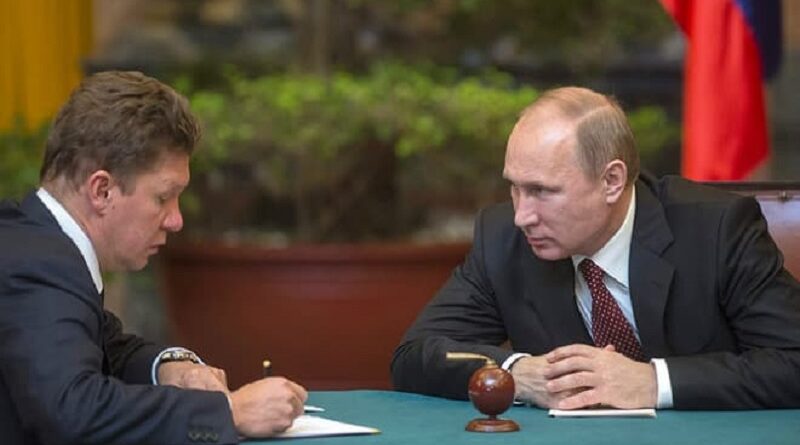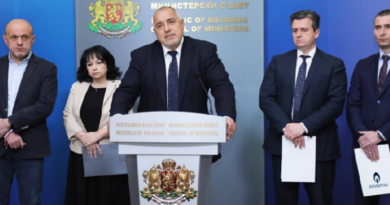Divide and conquer
How Russia dominates the European gas market
Recent events show that Moscow is no longer hiding the fact that it prioritises supplies to countries that are either friendly or considered important for maintaining the company’s overall market share.
Late June saw a significant non-event. When monthly auctions were held for gas transit capacity through Ukraine in July, Russia’s Gazprom conspicuously failed to reserve any additional capacity. This was despite general expectations of higher supply volumes during the peak season for underground gas storage (UGS) injections, which in Europe begins around mid-year.
The result was consternation—and a spike in gas prices. As an article in London’s Financial Times (FT) noted on July 1st, prices in Europe for delivery in the following month hit €36.90/MWh on that day—surpassing even the previous record that had been set in 2008—while prices in the UK leapt almost 30% in a single day.
With supply already tight, there was talk of “blackmail”, notably from Sergiy Makogon, CEO of Ukrtransgaz, Ukraine’s gas transmission system operator. As cited by the FT, Mr Makogon said that refusal to ship additional volumes via Ukraine amounted to deliberately holding back supplies from Europe and that Russia could have tempered this year’s doubling of gas prices if it pumped more. Moscow’s aim was to force approval of the controversial Nord Stream-2 pipeline, thought Mr Makogon.
The European Commission—chronically soft on Gazprom—was cited by the FT initially as saying that there were “no indications of specific behaviour by any of our suppliers to drive up prices”. But even Brussels was sounding more critical within a few days.
Gazprom protested its innocence: “optimisation” of flows was normal, while it was supplying gas in strict accord with contracts—pre-agreed volumes in full, with additional requests treated on an “if possible’ basis.
And, on July 5th, Moscow-based Izvestia daily ran a commentary by one Alexander Frolov (deputy director of Russia’s National Energy Institute), which simply denied that Gazprom was keeping Europe short of gas. At 99.9 billion cubic meters (bcm), Gazprom’s total export deliveries in the first half of 2021 were 25.7% up on H1 2020 and were, in fact, the second-highest H1 total ever, second only to 101.2 bcm in H1 2018. And the boost in supplies to several European countries was really impressive, Mr Frolov noted, mentioning the following y/y growths in H1 deliveries:
| Germany | 43.4% |
| Italy | 14.1% |
| France | 15.1% |
| Poland | 18.6% |
| Turkey | 209.3% |
| Bulgaria | 42.6% |
| Serbia | 103% |
| Greece | 24% |
| Romania | 264% |
These articles analyses and comments are made possible thanks to your empathy and contributions, which are the only guarantors of independence and objectivity in our work. The Alternatives and Analysis team.
Ilian Vassilev
Thank you for your donations via PayPal and bank transfers to IBAN BG58UBBS80021090022940




